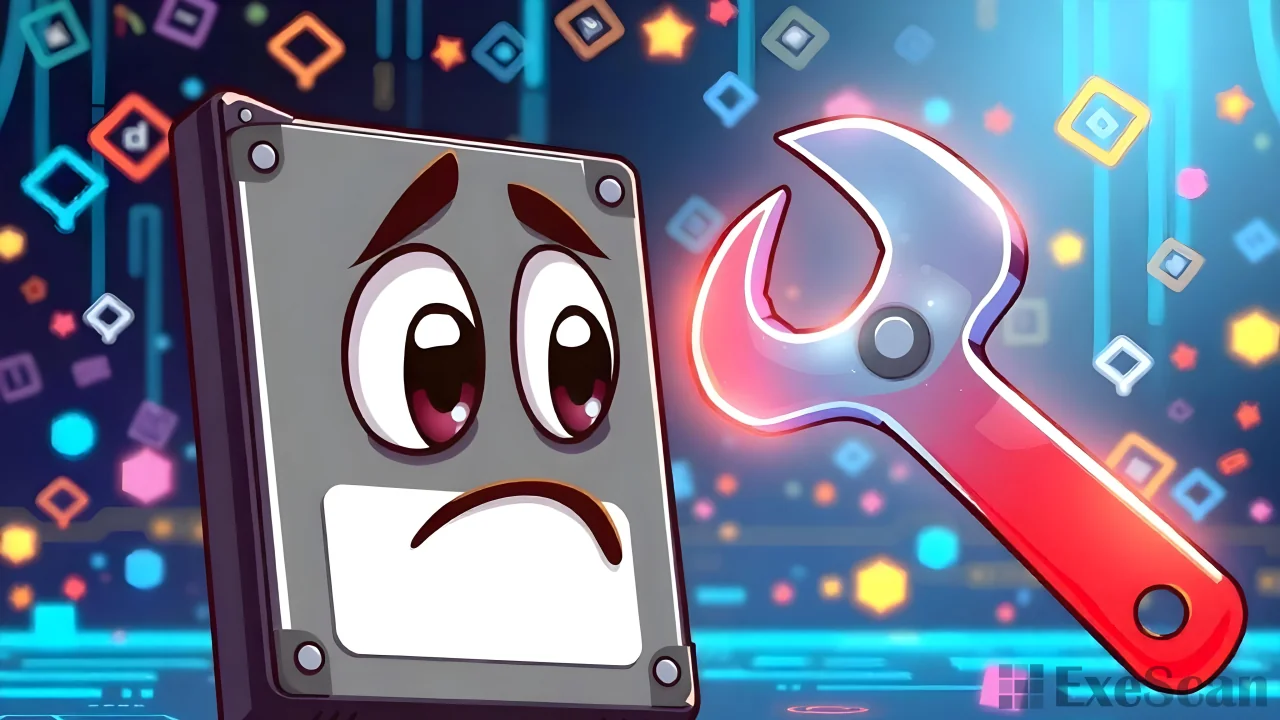Defragmentation is a term that many of us are familiar with, especially if we’ve used hard disk drives (HDDs) in the past. However, with the rise of solid-state drives (SSDs), the question arises: should you defragment an SSD? In this article, I will explore the differences between HDDs and SSDs, explain why defragmenting an SSD is unnecessary, and provide tips on how to maintain your SSD’s performance on Windows 11.
Understanding the Basics: SSD vs. HDD
Before diving into defragmentation, it’s essential to understand the differences between an SSD and an HDD. An HDD stores data on spinning disks, with a read/write head moving over the surface to access information. Over time, as files are saved, deleted, and moved, the data on these disks can become fragmented. Fragmentation means that pieces of a single file are scattered across different parts of the disk, leading to slower read times. This is why defragmentation has been a crucial maintenance task for HDDs.

On the other hand, an SSD uses flash memory to store data. Instead of moving parts, SSDs store information in blocks of memory, which are accessed almost instantaneously. This difference in technology means that SSDs do not suffer from the same fragmentation issues as HDDs. In fact, defragmenting an SSD can be detrimental to its lifespan.
Why You Should Not Defragment an SSD
Defragmenting an SSD is not only unnecessary but can also be harmful. Since SSDs do not rely on physical read/write heads, the concept of fragmentation does not apply in the same way as it does to HDDs. Whether a file is stored in a single block or spread across multiple blocks, the time it takes to access that file on an SSD is virtually the same.
Moreover, SSDs have a limited number of write cycles. Every time data is written or rewritten to an SSD, it wears out the memory cells slightly. Defragmentation involves moving and rewriting a lot of data, which can significantly reduce the lifespan of your SSD. Instead of improving performance, defragmenting an SSD may lead to earlier failure of the drive.

How Windows 11 Handles SSD Maintenance
Windows 11, like its predecessors, is designed to manage SSDs effectively without the need for manual defragmentation. Instead of defragmenting, Windows 11 uses a process called “TRIM.” TRIM helps the SSD know which blocks of data are no longer in use and can be wiped clean. This process optimizes the drive’s performance and helps maintain its speed over time.
When you go to the “Optimize Drives” tool in Windows 11, you might notice that your SSD is being “optimized.” This does not mean it is being defragmented in the traditional sense. Instead, Windows sends TRIM commands to the drive, ensuring that it operates efficiently.
What to Do Instead of Defragmenting
While defragmenting your SSD is not advisable, there are several other ways to keep your SSD running smoothly.
- Enable TRIM: Ensure that TRIM is enabled on your SSD. In most cases, Windows 11 enables TRIM by default, but it’s good to double-check. You can do this by opening a command prompt and typing
fsutil behavior query DisableDeleteNotify. If the result is 0, TRIM is enabled. - Keep Your SSD Firmware Updated: SSD manufacturers regularly release firmware updates that can improve performance and fix bugs. Check the manufacturer’s website periodically for updates to your SSD’s firmware.
- Avoid Overfilling Your SSD: SSDs perform best when they have some free space available. Try to keep at least 10-15% of your SSD’s capacity free to maintain optimal performance.
- Disable Hibernation and Reduce Paging File Size: Windows uses some of your SSD’s space for hibernation files and paging files. By disabling hibernation and reducing the size of the paging file, you can free up valuable space on your SSD.
- Regular Backups: While this doesn’t directly affect the performance of your SSD, it’s always good practice to back up your data regularly. This way, if your SSD does fail, you won’t lose important files.
Conclusion
In conclusion, defragmenting an SSD is not necessary and can even be harmful to the drive’s longevity. Unlike HDDs, SSDs do not suffer from the same fragmentation issues, and the technology behind SSDs makes defragmentation redundant. Instead, focus on other maintenance tasks like ensuring TRIM is enabled, keeping your firmware updated, and managing your drive’s space effectively. Windows 11 already does an excellent job of managing SSDs, so you don’t need to worry about manual defragmentation. By following these tips, you can ensure that your SSD remains fast and reliable for years to come.


